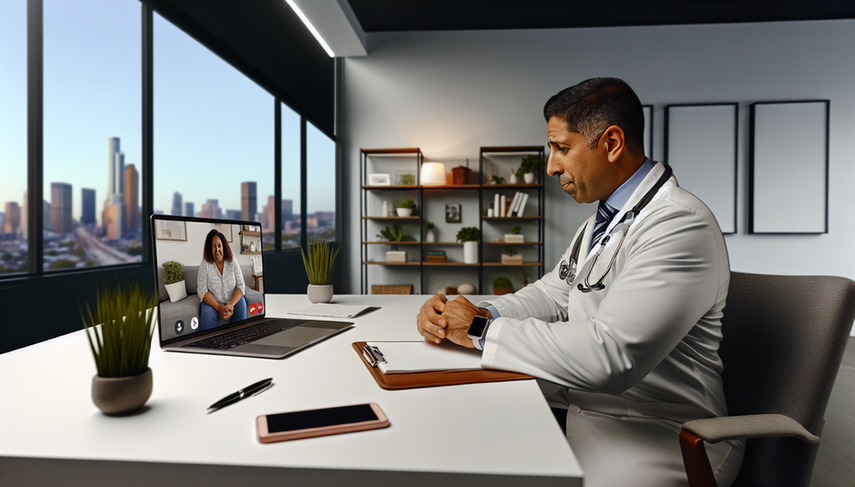Telemedicine in Clinical Practice: Challenges and Benefits of Digital Tools for Patient Follow-Ups

Telemedicine has emerged as a crucial tool in modern clinical practice, especially in the context of the COVID-19 pandemic. This modality has not only allowed for the continuity of medical care but has also presented a series of benefits and challenges that healthcare professionals must consider. In this article, we will explore how telemedicine is transforming patient follow-ups and the challenges that arise in its implementation.
Diving Deeper into Telemedicine
Virtual consultations have become a common practice across various medical specialties. For instance, in the management of movement disorders, telemedicine has proven to reduce travel time and costs for patients, although it presents challenges such as limitations in conducting a comprehensive neurological examination and technological difficulties (Telemedicine Use for Movement Disorders). In the field of pediatric rheumatology, telemedicine has facilitated continuity of care during the pandemic, although complete physical assessment remains a challenge (Exploring Pediatric Tele-Rheumatology Practices During COVID-19).
Moreover, telemedicine has shown effectiveness in the follow-up of patients with implantable cardiac devices, allowing for early detection of malfunctions and clinical events, which can improve patient outcomes (Remote monitoring of implantable cardiac devices). However, the implementation of these technologies requires a reorganization of clinical workflow and an appropriate medical-economic evaluation.
Conclusions
Telemedicine offers a range of significant benefits, such as improved access to healthcare and cost reduction. Nevertheless, it also faces important challenges, including the need to ensure quality of care and data security. The successful integration of telemedicine into clinical practice requires a careful approach and collaboration among healthcare professionals, administrators, and regulators to develop comprehensive guidelines that ensure respect for patient privacy and dignity (Patient-Generated Images in Perianal Disease).
Referencias
- [1] Telemedicine Use for Movement Disorders: A Global Survey
- [2] Exploring Pediatric Tele-Rheumatology Practices During COVID-19: A Survey of the PRCOIN Network
- [3] Remote monitoring of implantable cardiac devices: health technology assessment
- [4] Patient-Generated Images in Perianal Disease: An Evolving Tool in Proctology
Created 13/1/2025
